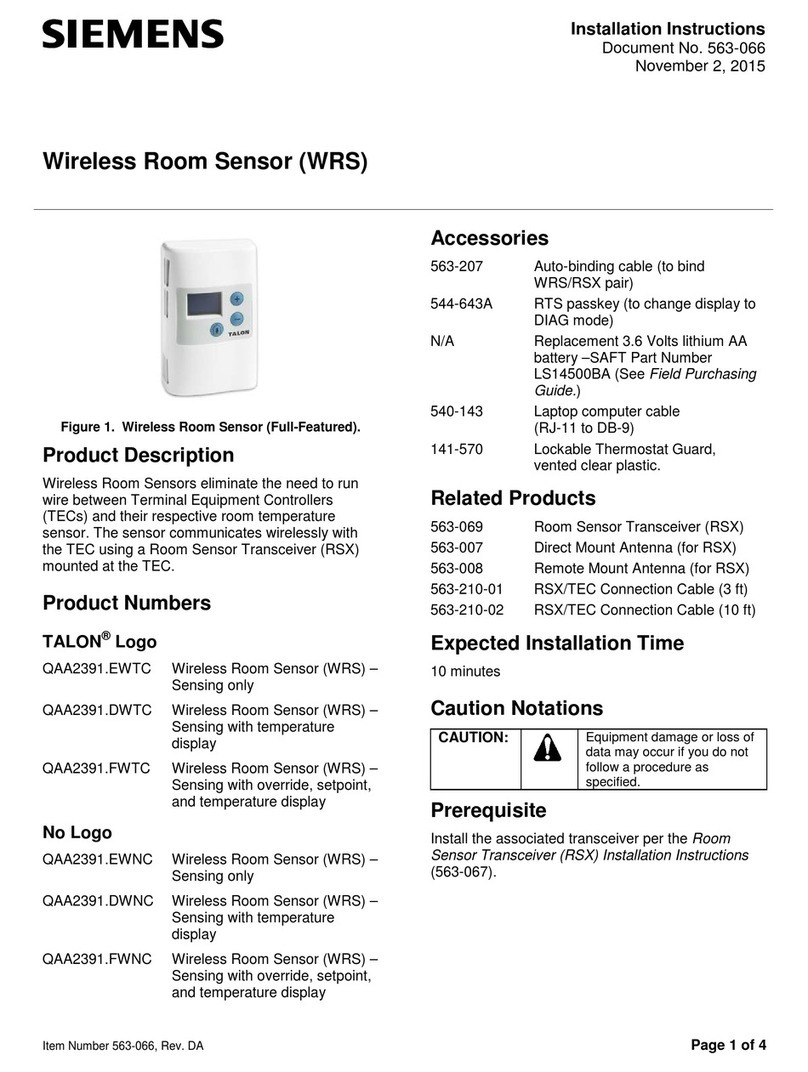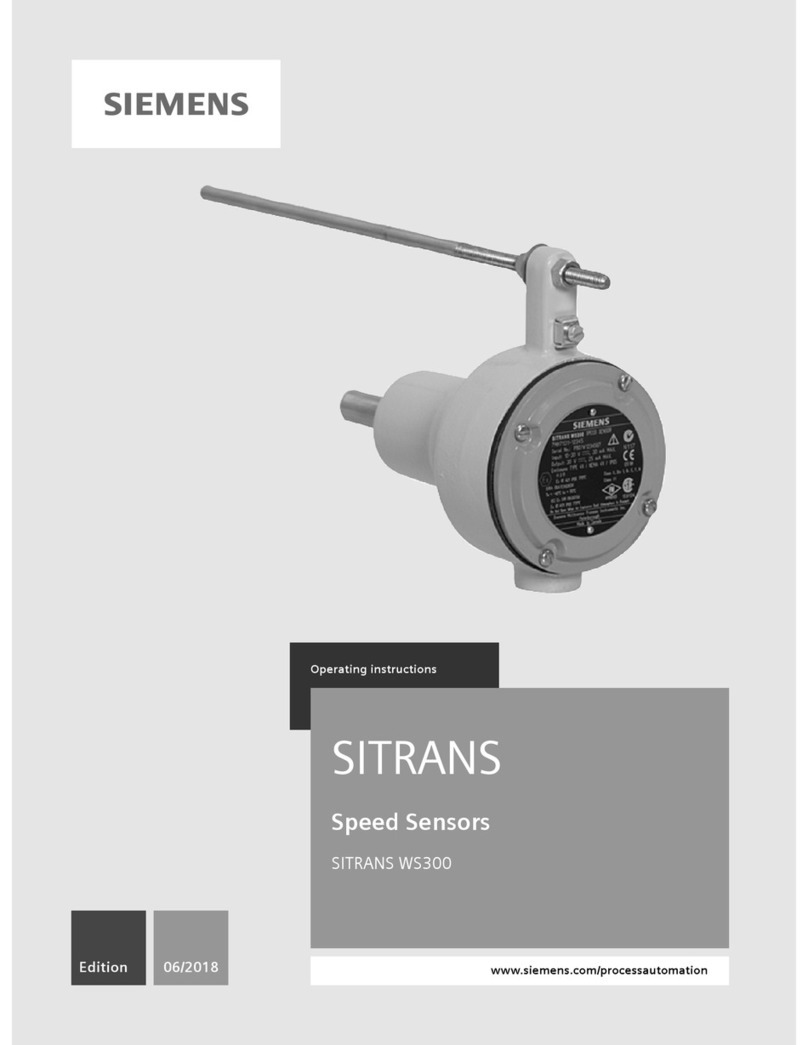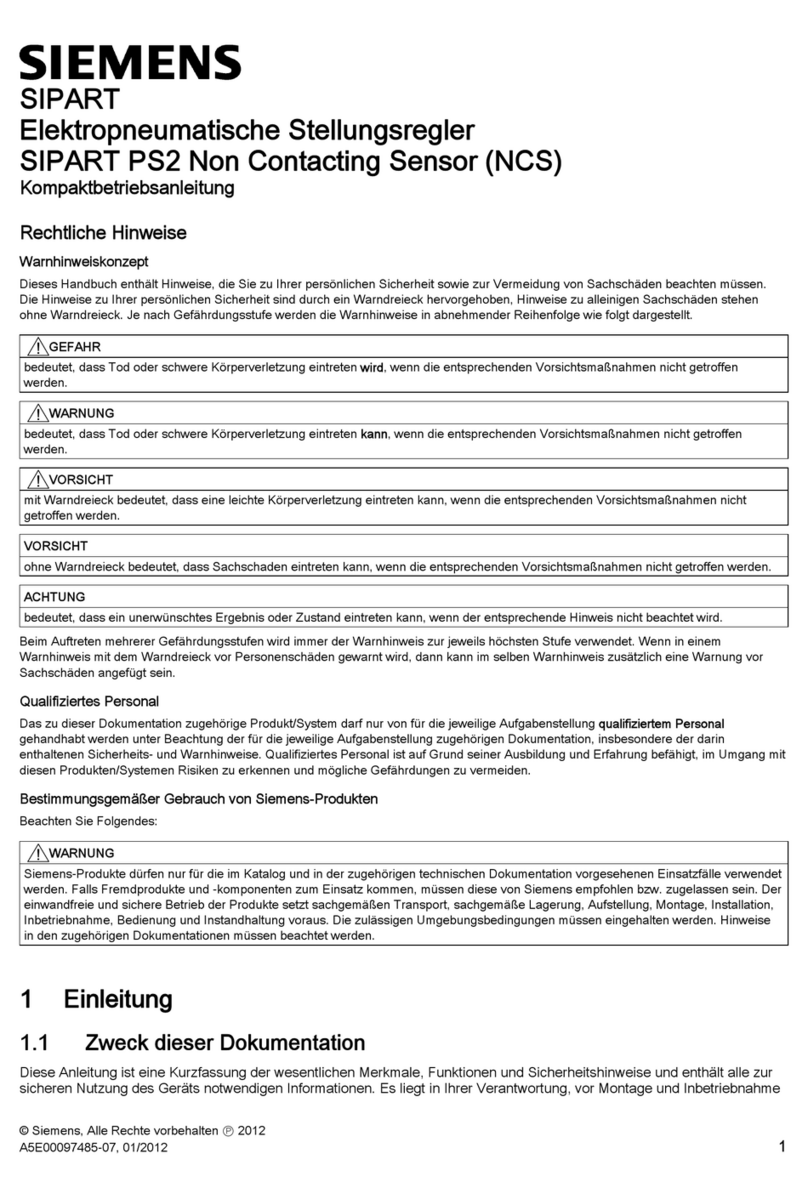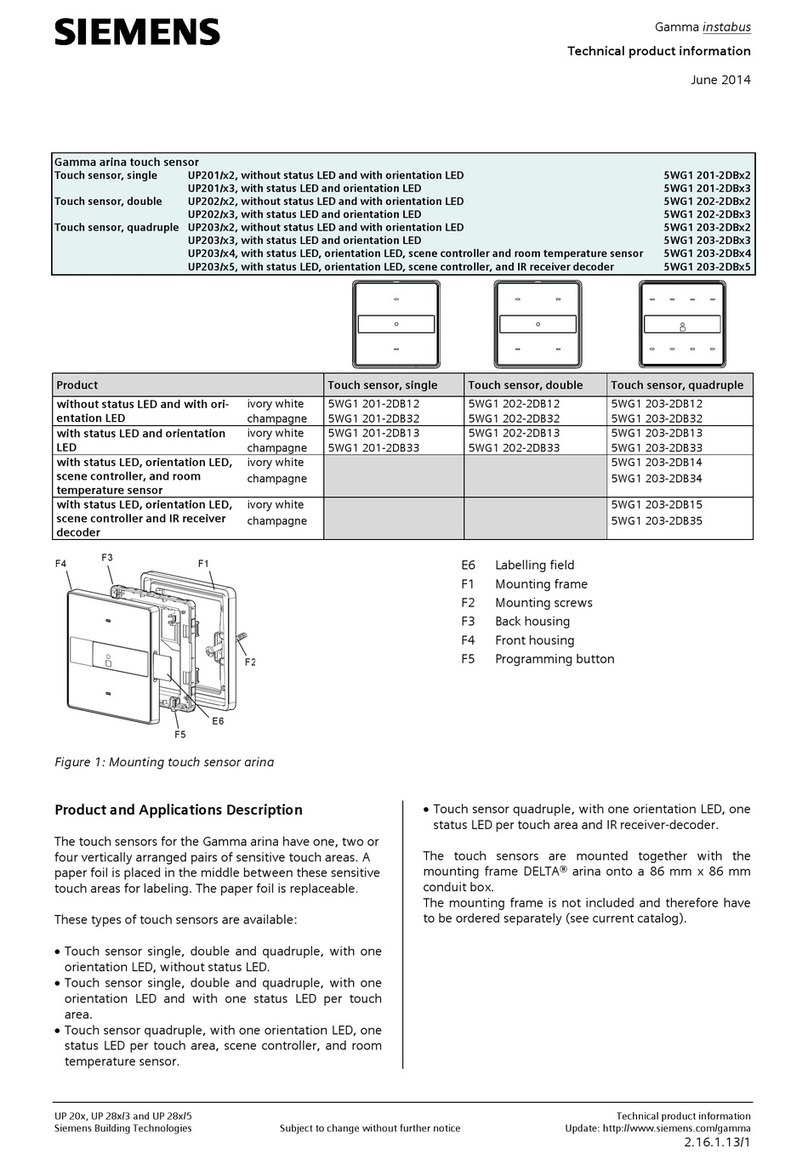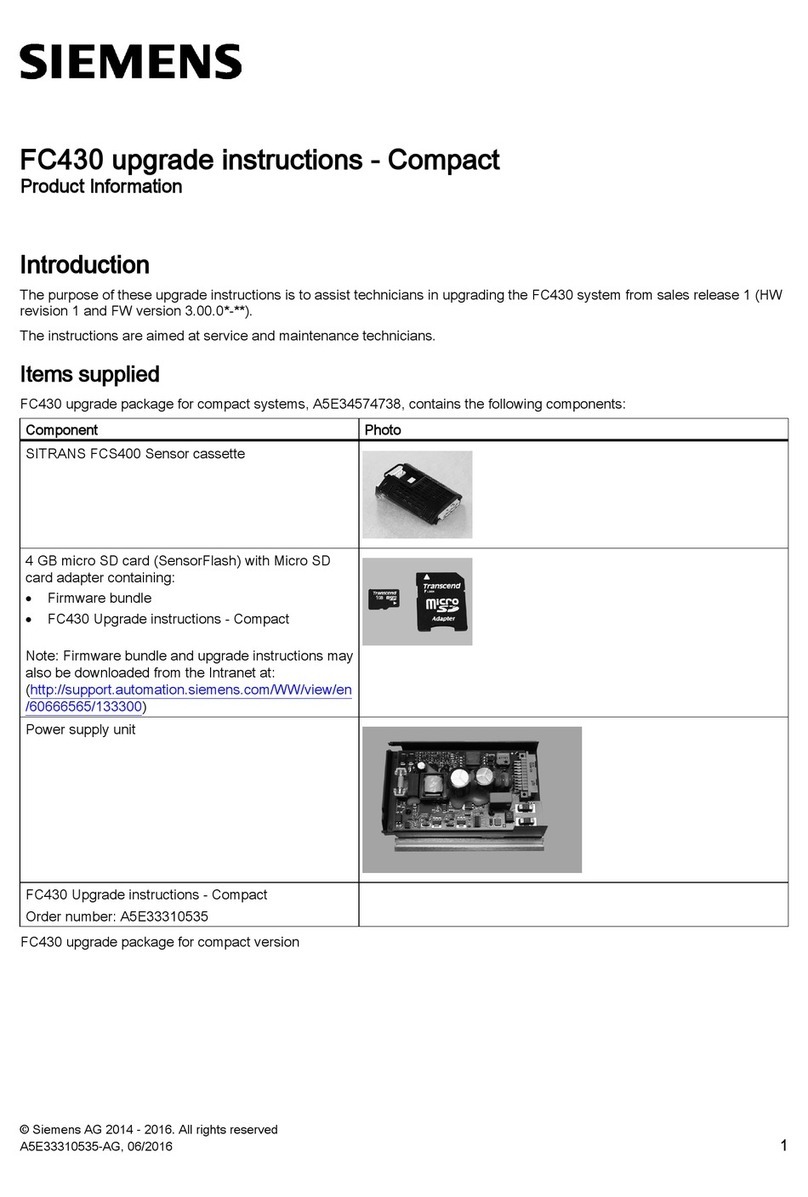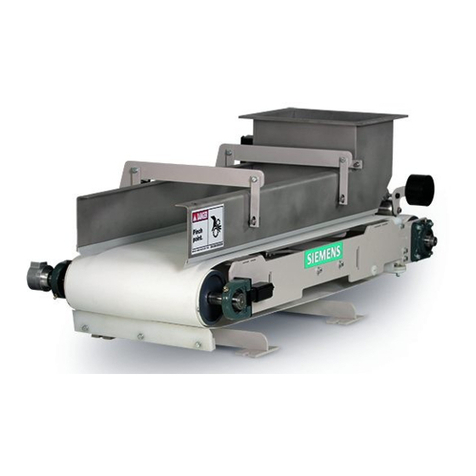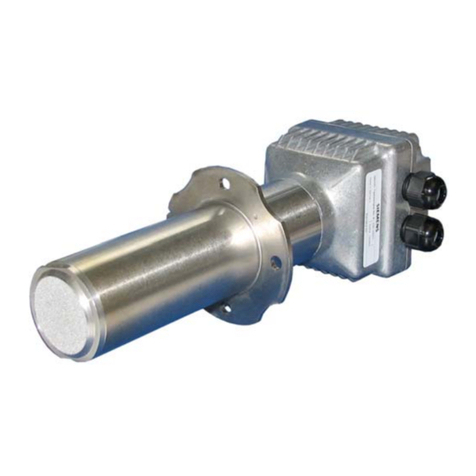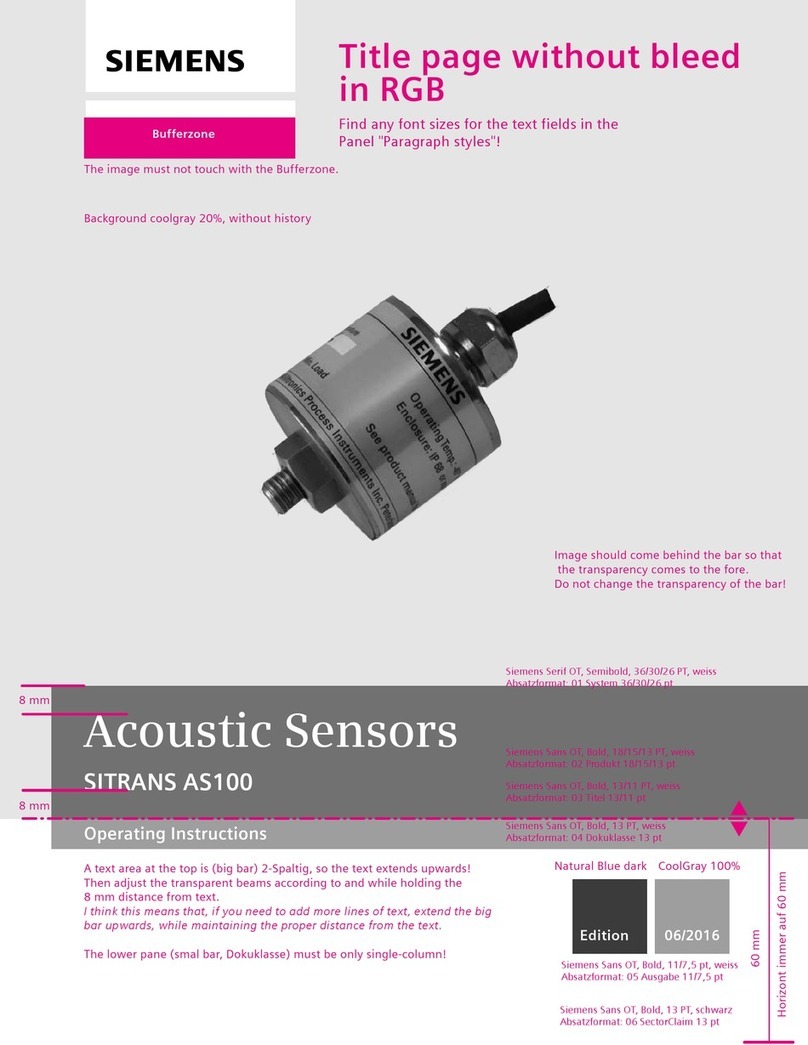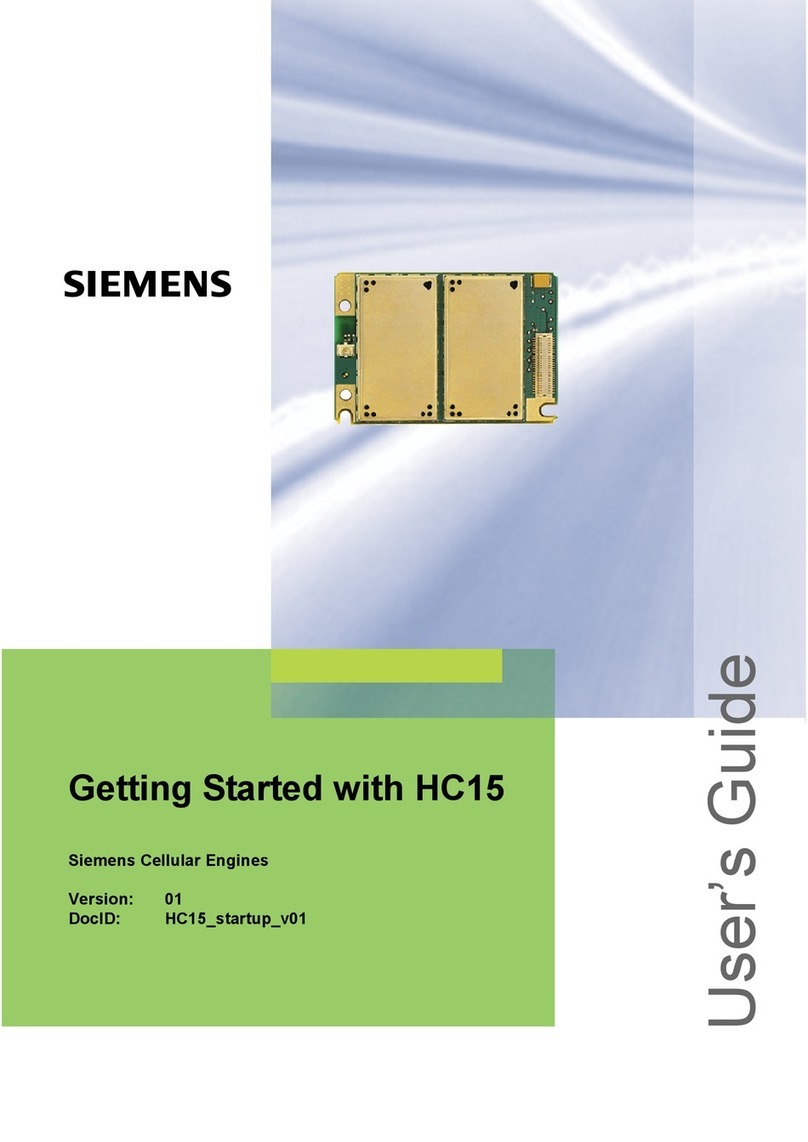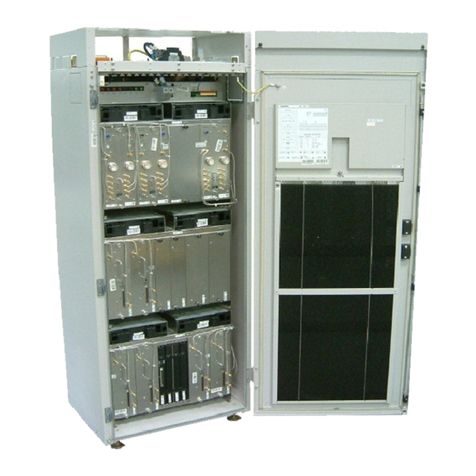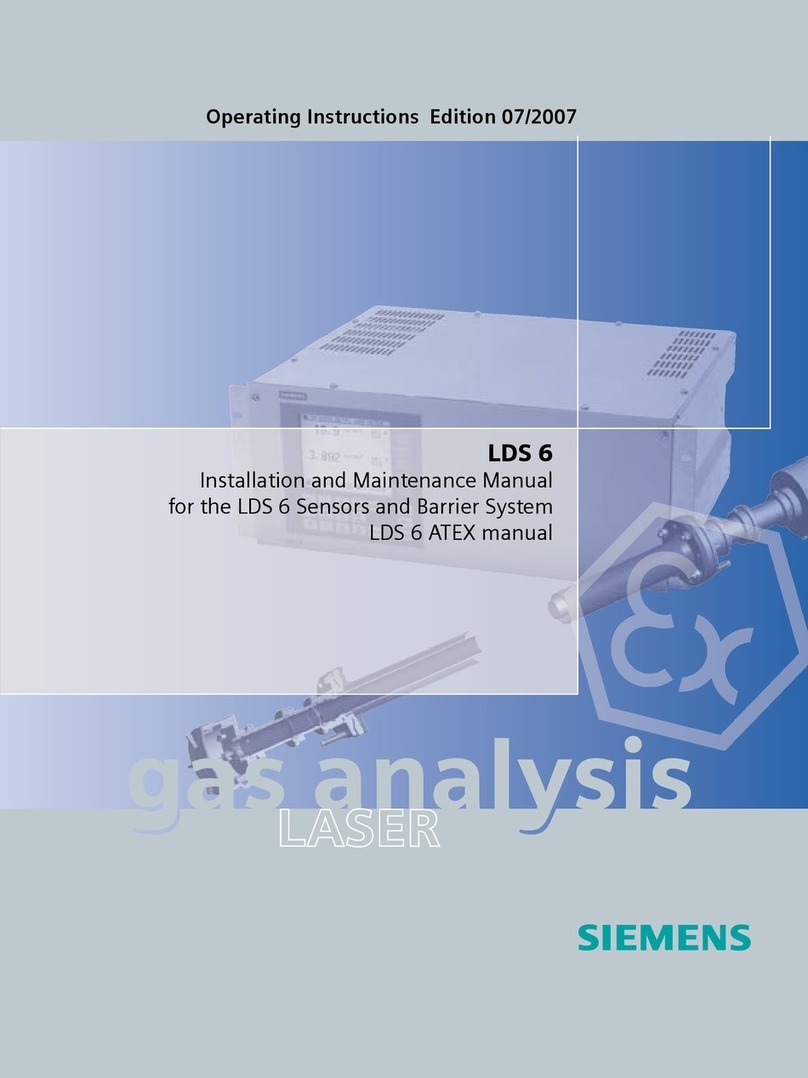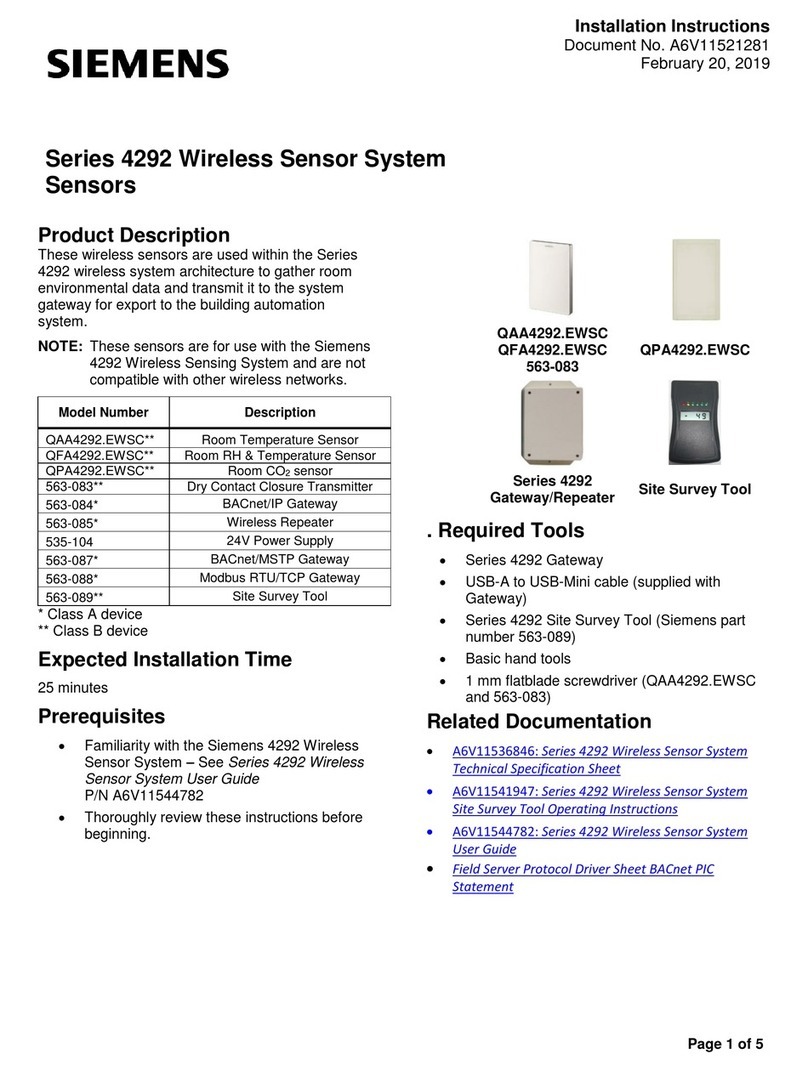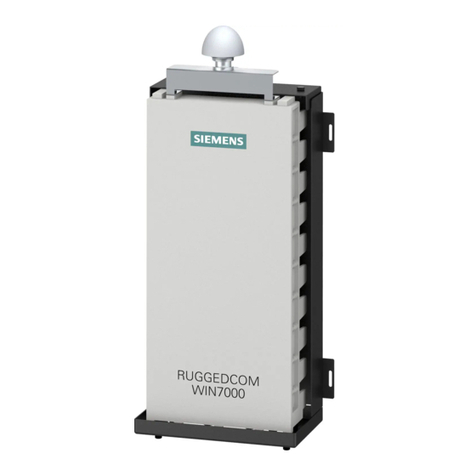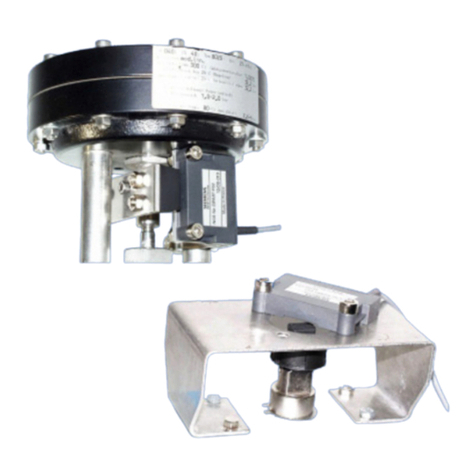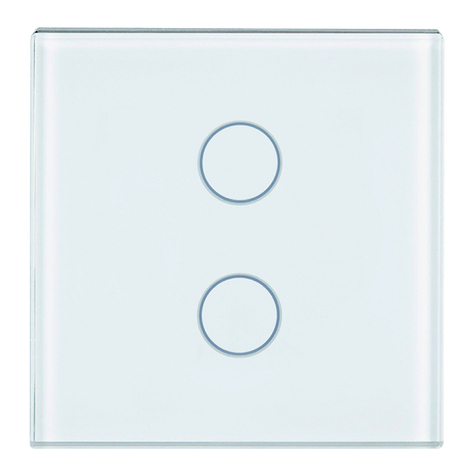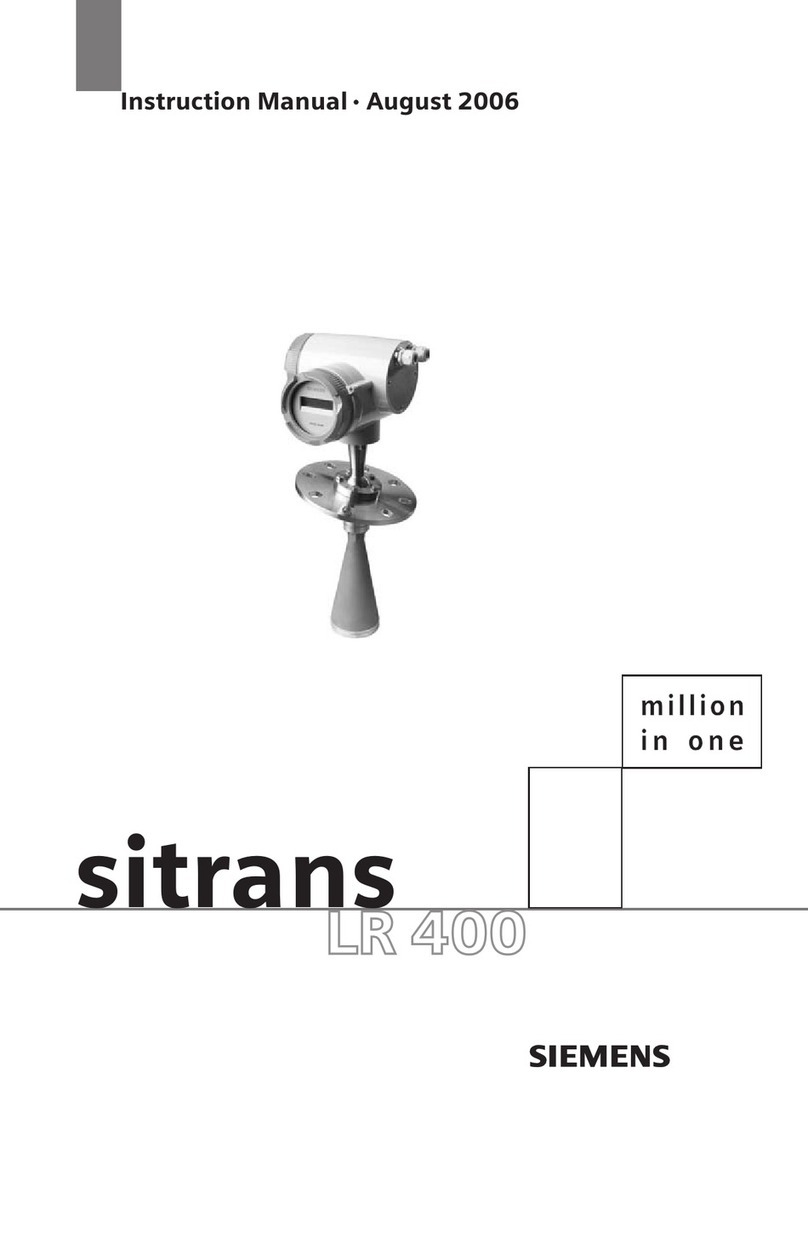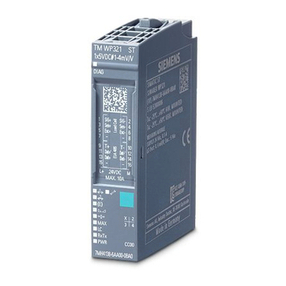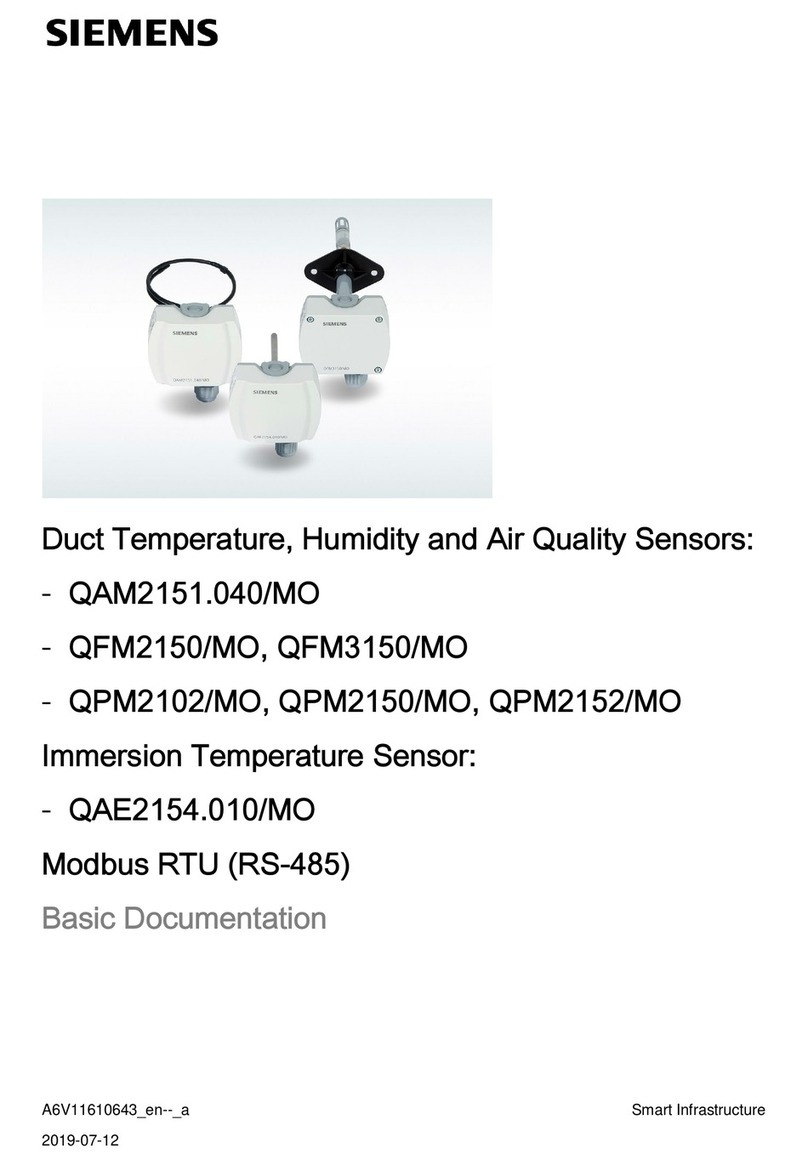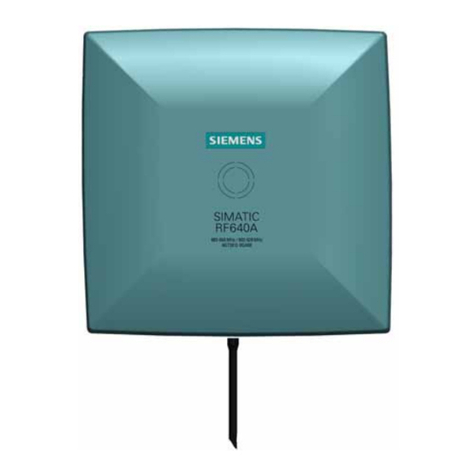
SITRANS WS300
Operating Instructions, 04/2021, A5E45050935-AC 3
Table of contents
1 Introduction ........................................................................................................................................... 5
1.1 Operating instructions scope................................................................................................ 5
1.2 Purpose of this documentation ............................................................................................ 5
1.3 Industrial Use Note .............................................................................................................. 5
2 Description............................................................................................................................................. 6
2.1 SITRANS WS300 speed sensor overview ............................................................................... 6
3 Installing/mounting ............................................................................................................................... 7
3.1 Installation note................................................................................................................... 7
3.2 Dimension drawings ............................................................................................................ 7
3.3 Mounting ............................................................................................................................ 8
3.4 Mounting to a tail pulley...................................................................................................... 9
3.5 Mounting to a bend or snub pulley..................................................................................... 11
3.6 Mounting using optional threaded shaft coupling............................................................... 13
3.7 General installation steps................................................................................................... 14
3.8 Hazardous area installations............................................................................................... 16
3.8.1 Product nameplates ........................................................................................................... 16
3.8.2 Instructions specific to hazardous area installation ............................................................. 18
4 Connecting .......................................................................................................................................... 20
4.1 Interconnection ................................................................................................................. 20
4.2 Terminals (standard version).............................................................................................. 21
4.2.1 Terminal connections to Siemens Milltronics integrators..................................................... 22
4.2.2 Terminal connections to SIWAREX FTC integrator ............................................................... 22
4.2.3 Terminal connections to WL241 ......................................................................................... 22
4.3 Terminals (IS version) ........................................................................................................ 23
4.3.1 Terminal connections to Siemens Milltronics integrators..................................................... 23
4.3.2 Terminal connections to SIWAREX FTC integrator ............................................................... 23
4.3.3 Terminal connections to WP241......................................................................................... 24
5 Service and maintenance .................................................................................................................... 25
5.1 Inspection.......................................................................................................................... 25
5.2 Recommended spare parts................................................................................................. 25
